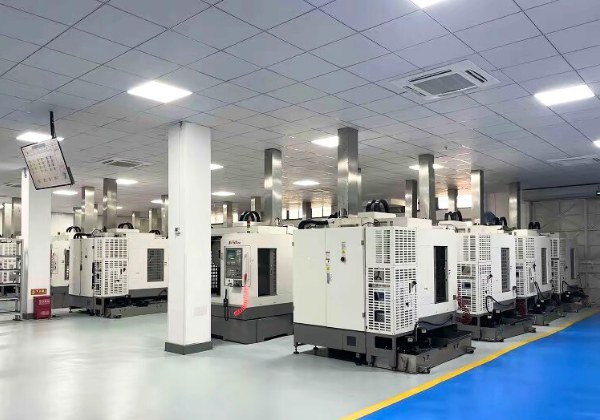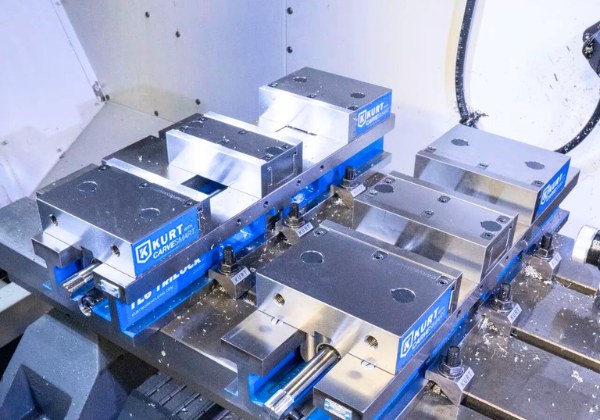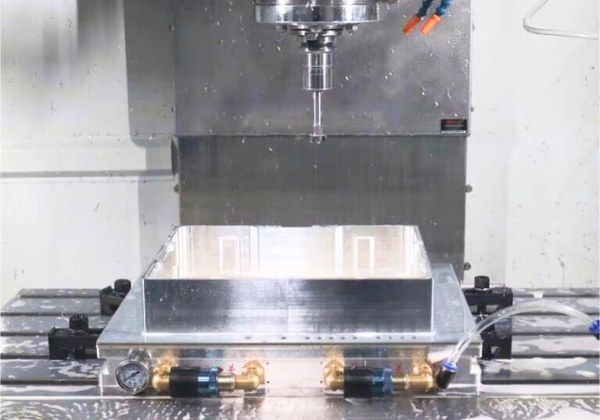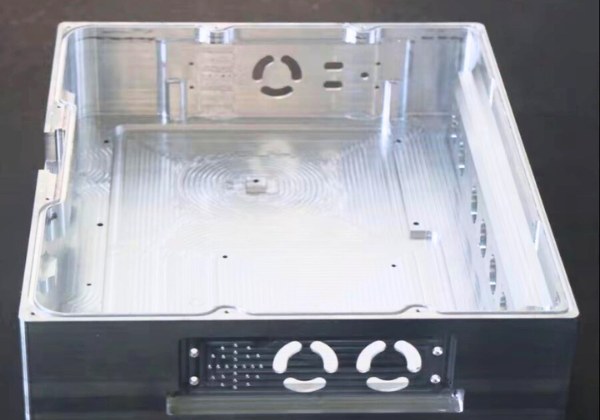
Milling aluminum is an integral part of the manufacturing industry and is widely used in a variety of fields such as aerospace engineering, automotive manufacturing and electronics. Aluminum occupies an important place in industrial production due to its unique strength and lightweight properties.
In the article, we will delve into the basics of aluminum milling, introduce the tools and equipment needed, and detail the methods and techniques of machining.
What is Milling Aluminum?
Aluminum milling is a machining process that removes excess material from the surface of an aluminum material by rotating a cutting tool to shape the material. The cutting tool, such as a milling cutter or a drill, is used to cut at high speeds to achieve the desired size and shape. Milling is widely used in the machining of various metallic and non-metallic materials such as aluminum and plastics.
Tools and Equipment for Milling Aluminum
1. CNC Machine
CNC milling machine control the movement of the cutting tool through the computer program to realize high-precision and high-efficiency milling processing.
2. Machining Tools
Commonly used tools for fixing workpieces, such as magnetic chucks, vises, customized clamps, double-sided tape, AB glue and rubber hammers, etc.

3. Main Cutters
- End Mill
Used for a wide range of milling operations such as face milling, side milling and slot milling. The cutting edges are distributed on the periphery and bottom of the tool for efficient cutting of aluminum.
- Drilling Tools
Used for drilling holes in workpieces. Including twist drills and flat drills, etc. Twist drills are commonly used for general drilling, while flat drills are suitable for processing large-diameter holes.
- Flat Drill
For machining large diameter holes or deep holes. Simple structure, easy to manufacture and maintain.
Steps for Milling Aluminum
1.Design and Planning
- Drawing design: according to customer needs or product requirements, design parts drawings, determine the size, tolerance and surface quality requirements.
- Process planning: According to the drawing design, formulate the machining process flow, including the selection of cutting tools, determine the cutting parameters, develop the sequence of work processes.
2.Material Preparation
- Material Procurement: Purchase qualified aluminum material according to customer’s product material.
- Material Inspection: Conduct quality inspection on the selected aluminum materials to ensure that the materials are free of defects, deformation, and oxidized layer and oil on the surface.
3.Workpiece Fixation
- Fixture Selection: Select the appropriate fixture according to the shape and size of the workpiece, such as flat jaws, special fixtures or vacuum chucks.
- Workpiece fixation: Fix the workpiece firmly on the machine table to ensure that the workpiece will not be loosened or shifted during the machining process.
4.Selection and Mounting of Tools
- Tool selection: According to the milling process requirements, select the appropriate cutting tools, such as end mills, face mills, drills and so on.
- Tool mounting: The selected tool is mounted on the machine spindle, ensuring that the tool is firmly mounted and concentric.
5.Setting Cutting Parameters
- Cutting speed: According to the nature of aluminum and tool performance, set the appropriate spindle speed, generally higher cutting speed for aluminum.
- Feed speed: Set the appropriate feed speed to ensure that the tool load is moderate during machining to avoid overload.
- Cutting depth: According to the requirements of the parts and tool performance, set the appropriate depth of cut, usually using multiple light cutting method.
6.CNC Milling

- Roughing: Roughing is performed first to remove most of the excess material and to form the basic shape. Roughing is usually performed with a larger depth of cut and a higher feed rate.
- Finishing: Finishing on the basis of roughing to improve the dimensional accuracy and surface quality of the parts, finishing with a smaller depth of cut and lower feed rate.
- Surface Processing: Surface processing, such as polishing, sandblasting, etc., is carried out as needed to improve the surface finish and appearance quality of the parts.
7.Testing and Calibration
- Dimensional Inspection: Use measuring tools (e.g., thread gauge, micrometer, CMM, etc.) to inspect the dimensions of the machined parts to ensure that they meet the requirements of the drawings.
- Surface Quality Inspection: Inspect the surface of the parts to ensure that there are no defects such as burrs, scratches, etc., and carry out surface treatment if necessary.
- Calibration and Adjustment: Correct and adjust the unqualified parts and re-machine them if necessary to ensure that the final product meets the quality standards.
8.Washing and Drying
- Cleaning: Parts are cleaned using ultrasonic cleaners, spray washing equipment, etc. to remove cutting fluids, oils and metal shavings from the surface.
- Drying: The cleaned parts are dried to prevent corrosion caused by residual moisture on the surface, commonly used drying methods include hot air drying and vacuum drying.
How to Get High-Quality Aluminum Milling?
To achieve high-quality aluminum milling processing, our mechanical engineers have summarized some effective methods for reference:

1. Choosing the right tool:PCD milling cutters or carbide milling cutters are usually preferred because they offer higher cutting speeds, better wear resistance, and can handle the soft tack of aluminum.
2. Optimize cutting parameters:Setting the correct spindle speed, feed rate and depth of cut is critical. High feed rates and high spindle speeds prevent aluminum from sticking to the cutting tool. In addition, it is recommended to use 2- or 3-flute end mills for machining aluminum, as fewer flutes allow for better chip clearance.
3. Crawl milling:When milling aluminum, use the crawl milling technique whenever possible. It provides better surface quality and extends tool life by reducing cutting resistance.
4. Preventing deformation of aluminum parts: Reducing the stress of aluminum parts, using vacuum suction cups, stuffing method, etc.
5. Reasonable design of sharp corners:Conventional CNC milling can not achieve the effect of right angle, reasonable design of chamfer, conducive to cost control.
6. Monitor the lubricant concentration: the lubricant concentration will change with the processing time, the concentration value should be controlled within the normal range. Prevent corrosion of aluminum parts, the corroded surface of aluminum parts will form plaque, affecting the quality of aluminum surface.
Conclusion
Milling aluminum is an important manufacturing process widely used in the aerospace, automotive manufacturing and electronics industries. By mastering the basics of aluminum milling, tools and equipment, process flow and solutions to common problems, you can effectively improve the efficiency and quality of milling aluminum. Whether it’s choosing the right cutting tools, optimizing machining parameters, or paying attention to workpiece fixation and cooling lubrication, it’s all critical to successful aluminum milling.
FAQs
1. How do I prevent aluminum buildup?
Increase cutting speeds and feed rates. Increasing cutting speeds and feed rates reduces the contact time between the aluminum and the tool and reduces the potential for buildup.
2. How to improve the surface roughness of machined aluminum parts?
Keep cutting tools sharp, regularly replace or resharpen cutting tools to ensure that they are sharp. Optimize the cutting parameters, choose the appropriate cutting speed, feed rate and depth of cut to ensure the stability of the machining process. The surface finish of conventional aluminum can reach Ra1.6 after machining.
3. Why does chattering occur on the surface of aluminum parts?
Ensure that the workpiece is securely fastened and use appropriate clamps or fixtures to ensure that the workpiece does not move during machining. Adjust the cutting speed and feed rate to avoid excessive cutting loads causing vibration.


